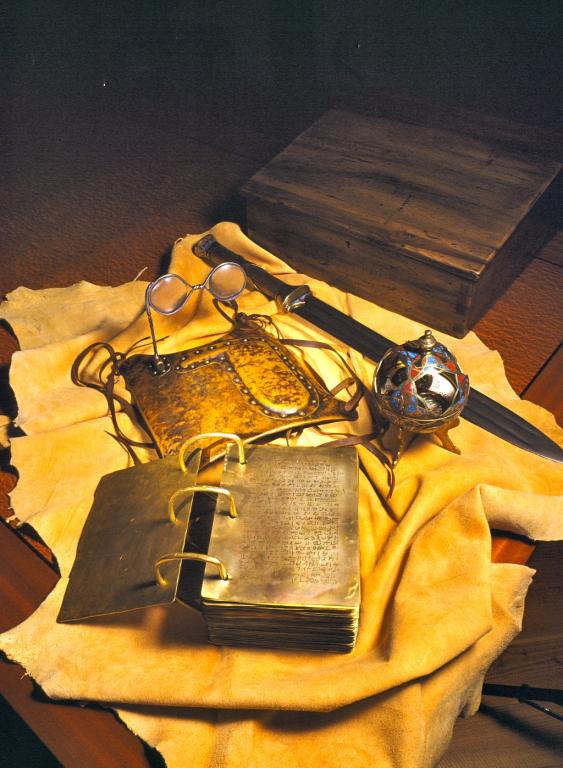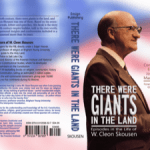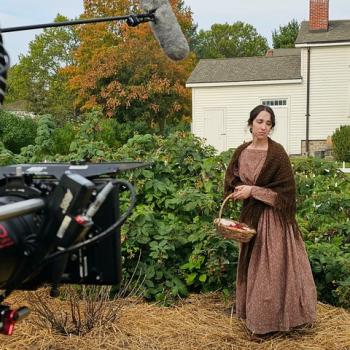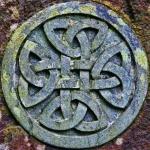
I acquired two new books at the end of last week, and I’m looking forward to reading them.
The first is Richard Lyman Bushman, Joseph Smith’s Gold Plates: A Cultural History (New York: Oxford University Press, 2023),
Renowned historian Richard Lyman Bushman presents a vibrant history of the objects that gave birth to a new religion.
According to Joseph Smith, in September of 1823 an angel appeared to him and directed him to a hill near his home. Buried there Smith found a box containing a stack of thin metal sheets, gold in color, about six inches wide, eight inches long, piled six or so inches high, bound together by large rings, and covered with what appeared to be ancient engravings. Exactly four years later, the angel allowed Smith to take the plates and instructed him to translate them into English. When the text was published, a new religion was born.
The plates have had a long and active life, and the question of their reality has hovered over them from the beginning. Months before the Book of Mormon was published, newspapers began reporting on the discovery of a “Golden Bible.” Within a few years over a hundred articles had appeared. Critics denounced Smith as a charlatan for claiming to have a wondrous object that he refused to show, while believers countered by pointing to witnesses who said they saw the plates. Two hundred years later the mystery of the gold plates remains.
In this book renowned historian of Mormonism Richard Lyman Bushman offers a cultural history of the gold plates. Bushman examines how the plates have been imagined by both believers and critics–and by treasure-seekers, novelists, artists, scholars, and others–from Smith’s first encounter with them to the present. Why have they been remembered, and how have they been used? And why do they remain objects of fascination to this day? By examining these questions, Bushman sheds new light on Mormon history and on the role of enchantment in the modern world.
The second is
This is the first fully annotated, academic edition of the Book of Mormon in its 200-year history. Modelled after the Oxford line of annotated Bibles, it provides readers with the information they need to understand this classic text of American religious history. This edition reformats the complete scriptural text in the manner of modern Bible translations with paragraphs, quotation marks, poetic stanzas, and section headings, all of which clarify the book’s complicated narrative structure. As a result, readers experience a more accessible and readable presentation than the standard version. Annotations explain the meaning and context of specific passages, delineate extended arguments, identify rhetorical patterns, explore theological implications, highlight ancient and modern parallels, and point out intertextual connections, particularly with the Bible.
The Book of Mormon is subdivided into internal books; in this edition, each book is preceded by an introduction that discusses its key themes and literary features, at the same time offering a quick overview of major figures, events, and sermons. The three primary narrators–Nephi, Mormon, and Moroni–receive special attention. In addition to the annotations, which focus on the text itself, there are twelve general essays that introduce readers to various ongoing conversations about the text. There are also several maps and charts, as well as a comprehensive list of biblical quotations and allusions. The editorial material is informed by contemporary biblical and historical scholarship; while it deals forthrightly with both the strengths and weaknesses of the narrative, it nevertheless treats the Book of Mormon as a sacred text, worthy of careful study and respect.
I’m pleased to note that, in the introductory material of each of these books published by the renowned Oxford University Press, the authors clearly declare their belief in a historically authentic Book of Mormon. Thus, for example, Richard Bushman:
A logical path for a Latter-day Saint growing up in the modern world, especially one who became a historian, would be to grow out of my childhood beliefs. The plates would be spiritualized and their meaning made allegorical. But my life did not follow that course. The plates have continued to have a hold on me, and the same is true for other Mormons. Polls show that more than three-quarters of American Mormons believe that “the Book of Mormon is a literal, historical account,” a likely indicator of belief in the plates. This makes a big difference in one’s outlook on the world. With the plates comes an angel and divine intervention in ordinary human lives. The plates imply a world where God is an active agent in human affairs in opposition to the skepticism that has eroded religion for the past two hundred years.
I’m not at all surprised at what he has to say here. He has made similar comments directly to me, including one conversation in Manhattan where he said, simply, that “I come down on the side of plates and angels.”
Grant Hardy makes several relevant statements in his “Editor’s Preface,” from which I choose to share this one:
For anyone interested in my own religious background, I am an active member of The Church of Jesus Christ of Latter-day Saints. I believe that God has spoken to people throughout history in different ways and different faith traditions, but the Book of Mormon is special. Over the course of my lifetime, this scripture has shaped my identity, engaged me intellectually and spiritually, sustained my faith, inspired me to be a better person, and, I hope, brought me closer to Christ. I believe the Book of Mormon is [a] gift from God, a revealed translation of a record written by ancient American prophets. Perhaps more to the point, I regard the Book of Mormon as both sacred and authoritative, so much so that all my editor’s royalties from this volume will be donated to the Humanitarian Aid Fund of the LDS Church, in accordance with Moroni’s injunction to give priority to “the poor and the needy, the sick and the afflicted” (Morm 8.37). I expect someday to stand in the presence of God, along with Nephi and Moroni (2 Ne 33.11; Moro 10.27, 34), where I will be judged, at least in part, by how I have treated this text.













